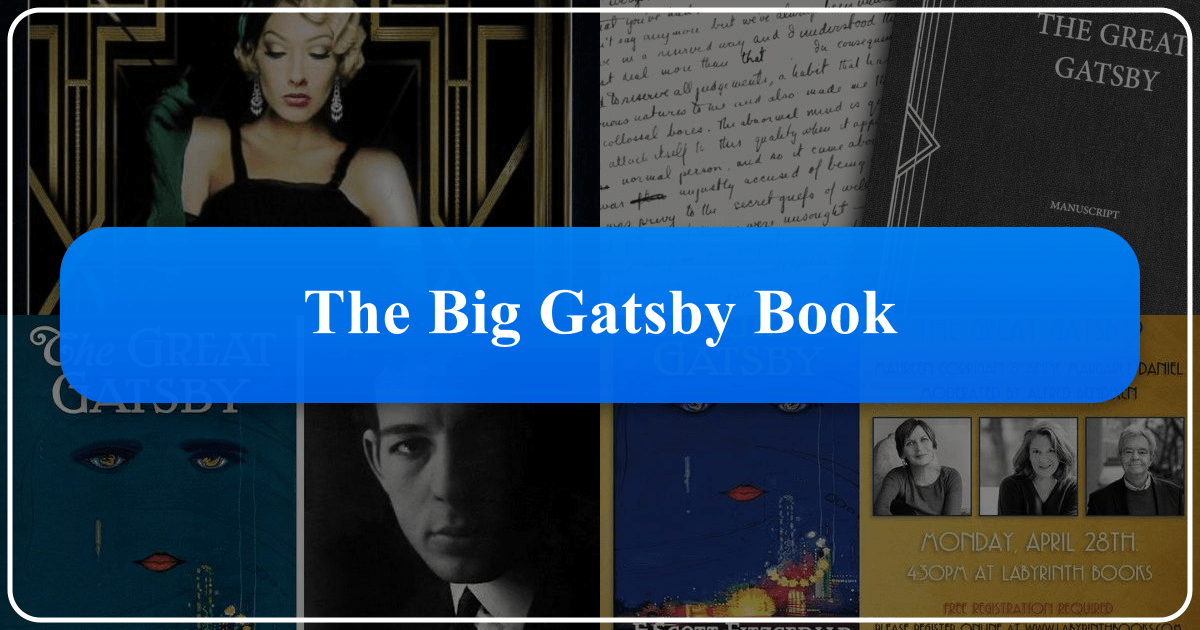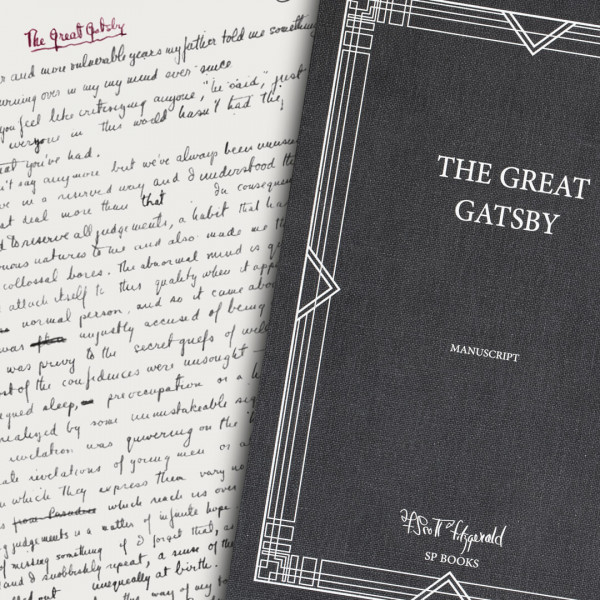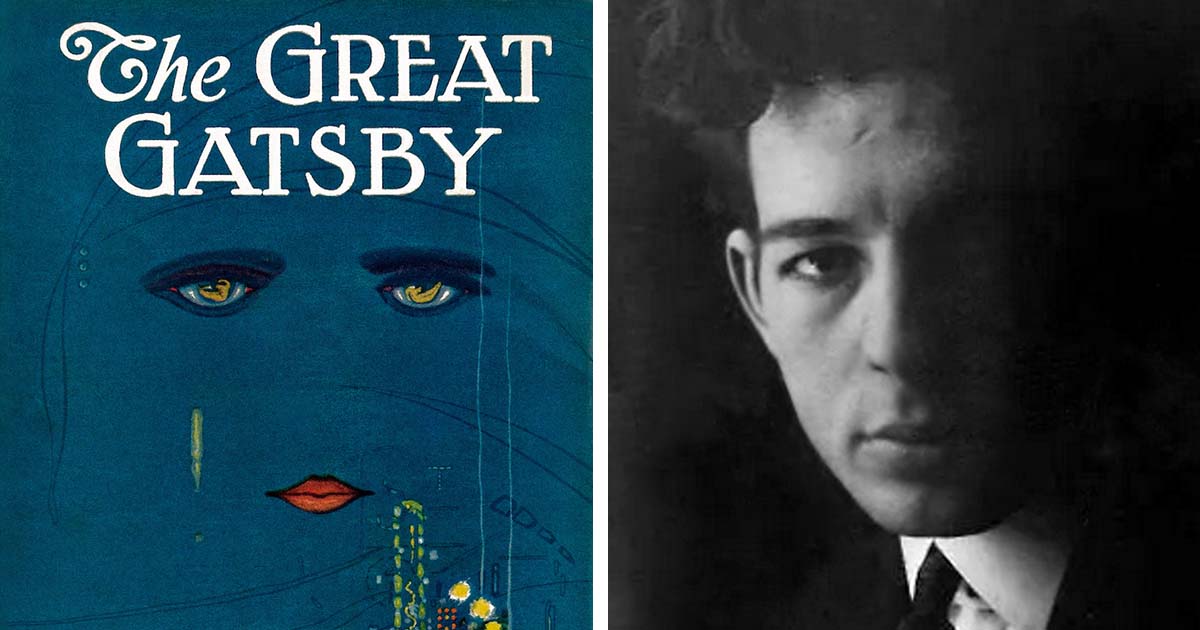The Great Gatsby: An In-Depth Exploration of Fitzgerald's Masterpiece

F. Scott Fitzgerald’s The Great Gatsby, a quintessential novel of the Jazz Age, continues to captivate readers nearly a century after its publication. Its enduring appeal stems from its exploration of universal themes—the American Dream, love, wealth, class, and the elusive nature of happiness—woven together with Fitzgerald’s exquisitely crafted prose. This analysis delves into the various facets of The Great Gatsby, examining its literary merit, cultural impact, and enduring relevance within the context of books, authors, reading habits, libraries, and societal influence.

The Great Gatsby as a Work of Literature
Genre and Classification
The Great Gatsby transcends simple genre categorization. While primarily classified as a novel, its concise length and focused narrative could also place it within the novella genre. Its exploration of universal themes elevates it to the status of a classic, while its enduring popularity solidifies its place amongst bestsellers. Many consider it the quintessential “Great American Novel,” a designation that speaks to its enduring resonance with American identity and ideals. Its narrative structure, characterized by flashbacks and shifting perspectives, adds a layer of complexity that distinguishes it from other works of its time.
Fitzgerald’s Writing Style and Inspirations
Fitzgerald’s masterful prose is a defining characteristic of The Great Gatsby. His use of evocative imagery, symbolism, and carefully chosen diction paints a vivid picture of the Jazz Age, its excesses, and its underlying disillusionment. The lyrical quality of his language, particularly in his descriptions of Gatsby’s opulent parties and the beauty of Daisy Buchanan, contrasts sharply with the novel’s cynical undertones.

Fitzgerald’s personal experiences undoubtedly influenced his writing. His own rise and fall within the wealthy circles of the 1920s, as well as his tumultuous relationship with Zelda Sayre, are mirrored in the novel’s characters and their relationships. The novel’s themes of wealth, class, and the pursuit of the American Dream reflect the anxieties and contradictions of the era. It is speculated that aspects of Fitzgerald’s own life informed the narrative; he, himself, experienced a period of both rising wealth and subsequent decline, mirroring Gatsby’s trajectory.

Narrative Structure and Point of View
The narrative of The Great Gatsby is framed by Nick Carraway, a young Midwesterner who moves to Long Island and becomes entangled in the lives of the wealthy elite. Nick’s perspective is crucial, as he acts as both an observer and participant in the unfolding events. The novel’s use of flashbacks allows Fitzgerald to gradually reveal Gatsby’s past, building suspense and adding depth to the character.
The story’s structure and Nick’s narration provide a sense of mystery and suspense, as the reader pieces together Gatsby’s past and the true nature of his desires. The narrative unfolds strategically, unveiling information gradually to create a sense of unfolding revelation and ultimately impacting the emotional resonance of the narrative’s conclusion.
Educational Value and Life Lessons
The Great Gatsby offers numerous opportunities for educational exploration and offers valuable life lessons.
The American Dream: Illusion and Reality
At its core, The Great Gatsby examines the allure and the pitfalls of the American Dream. Gatsby’s relentless pursuit of wealth and status, driven by his desire to win back Daisy, reveals the hollowness of the dream when it becomes solely focused on material possessions. The novel serves as a cautionary tale, highlighting the dangers of chasing illusions and the importance of pursuing genuine values. It provokes critical reflection on societal structures and individual ambition, prompting examination of the gap between aspiration and reality.
Morality and Social Commentary
Fitzgerald’s novel isn’t just a love story; it’s a poignant social commentary. The characters’ moral ambiguities and their careless disregard for consequences expose the hypocrisy and superficiality of the wealthy elite. The novel’s depiction of the Jazz Age, with its excesses and moral laxity, offers a critical lens through which to examine societal values and ethical behavior. The exploration of moral ambiguity forces readers to engage with complex character motivations and evaluate ethical choices within a given social context.
Love, Loss, and the Past
The central love story between Gatsby and Daisy underscores the destructive power of idealized love and the difficulty of escaping the past. Gatsby’s inability to let go of his past, his misguided belief that he can recreate the past, leads to his tragic downfall. The novel explores the complexities of love, longing, and the enduring power of memory. The exploration of these themes resonates with readers across generations, providing insight into the human condition and the complexities of personal relationships.
The Great Gatsby in Libraries and Archives
The Great Gatsby holds a prominent place in libraries and archives worldwide.
Public and Digital Libraries
Public libraries around the globe house numerous copies of the novel, ensuring its accessibility to readers of all backgrounds. Digital libraries provide online access to the text, further expanding its reach and enabling easier access to readers across multiple locations and geographical regions.
Rare Collections and Archives
University libraries and special collections often contain first editions, manuscripts, and related materials, offering scholars and enthusiasts a deeper understanding of the novel’s creation and historical context. The availability of such primary sources allows for significant research and in-depth analysis of the text’s development, offering valuable insight into the author’s creative processes and choices.
Cultural Impact and Legacy
The Great Gatsby has profoundly impacted culture and continues to resonate with audiences through various adaptations and community engagement.
Literary Influence
The novel’s influence on subsequent literature is undeniable. Its themes, characters, and writing style have inspired countless other works, shaping the landscape of American and world literature. Its enduring legacy as a significant work of 20th-century literature has influenced countless subsequent writers, and it continues to serve as a source of inspiration and critical analysis.
Adaptations and Reinterpretations
The Great Gatsby has been adapted numerous times for film, television, and stage, each interpretation offering a unique perspective on Fitzgerald’s work. These adaptations reflect the novel’s enduring capacity to be reinterpreted within different cultural and historical contexts. The numerous adaptations further underscore the novel’s continued relevance and its adaptability to different media formats.
Awards and Recognition
The novel has received numerous accolades and remains a staple in academic curricula worldwide, solidifying its position as a benchmark of literary achievement. The continued recognition and study of the novel within academic settings reflects its ongoing status as a critically important and relevant work of literature.
Communities and Fandom
The enduring popularity of The Great Gatsby has fostered vibrant communities of readers and enthusiasts, who engage in discussions, analyze the text, and celebrate its lasting legacy. The novel’s continued engagement with readers across various platforms and communities reflects its enduring appeal and timeless themes.
Conclusion
F. Scott Fitzgerald’s The Great Gatsby stands as a testament to the power of storytelling. Its exploration of enduring themes, combined with its masterful prose, has cemented its place as a literary classic and a significant cultural artifact. The novel’s enduring legacy and continuous engagement with readers demonstrate its continued relevance in exploring universal themes of aspiration, disillusionment, and the complexities of the human experience. Through its various adaptations, scholarly analyses, and community engagement, The Great Gatsby continues to shape the world of books, authors, and the overall landscape of literature.